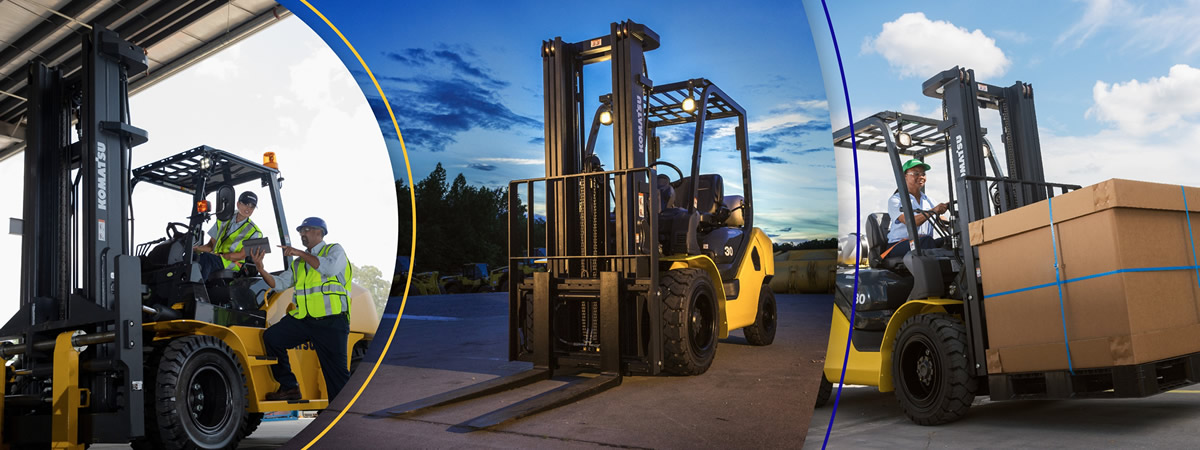
In the rapidly evolving world of logistics and material handling, understanding the various Forklift Classes is crucial for global buyers aiming to optimize their operational efficiency. According to a report by the Material Handling Industry of America (MHIA), the adoption of forklifts is expected to grow at a compound annual growth rate of 5.5% from 2021 to 2026, driven by increasing automation and the need for enhanced productivity in warehouses. Navigating through the complexities of forklift options, including electric, internal combustion, and specialized models, can be daunting yet essential for making informed purchasing decisions.
As the demand for tailored material handling solutions rises, buyers must consider essential factors such as load capacity, operational environment, and safety features when selecting the right forklift class. A recent study by the Industrial Truck Association indicated that selecting the appropriate forklift can reduce operational costs by up to 30%, highlighting the vital role of informed decision-making in warehouse efficiency. By understanding the distinctions and applications of different Forklift Classes, global buyers can ensure they choose the best fit for their unique logistical challenges, ultimately driving success in a competitive marketplace.
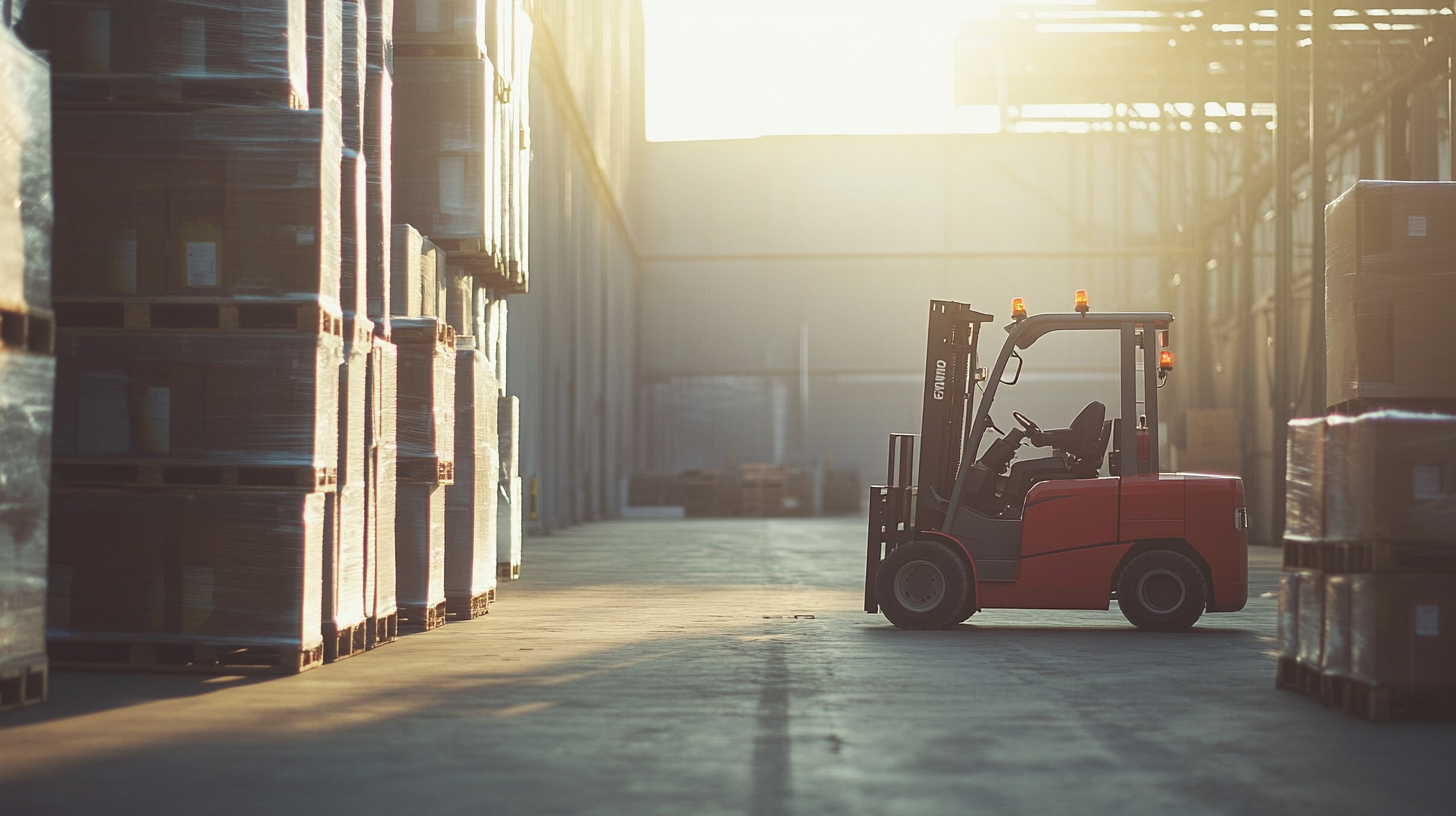
In today's rapidly evolving global marketplace, recognizing the different classes of forklifts is crucial for international buyers. Understanding forklift classifications not only influences purchasing decisions but also impacts operational efficiency and safety across diverse working environments. According to a report by the Industrial Truck Association (ITA), global forklift sales are projected to reach over 1.5 million units annually by 2025, underscoring the necessity of making informed decisions about equipment based on regional demands and applications. The importance of forklift classes extends beyond purchasing; it embodies the complexities of navigating global trade, where each class is designed to meet specific needs attributed to varied cultural and operational contexts. The economic landscape significantly shapes these needs—investing in quality education and workforce training can enhance local skills, ensuring that operators are adept in handling the appropriate machinery. Furthermore, understanding the unique demands of different markets, as highlighted in the United Nations Economic and Social Commission for Asia and the Pacific (UNESCAP) reports, can aid companies in aligning their product offerings with local industry standards. As young professionals in regions like ASEAN embrace digitalization, the forklift industry must adapt. Digital tools not only streamline operations but also facilitate better training and compliance with safety standards across varied cultures. This proactive approach is essential as companies expand internationally, ensuring readiness to tackle logistical challenges while conforming to global and local regulations effectively. By recognizing the importance of different forklift classes, businesses position themselves not only to thrive in the competitive landscape but also to contribute positively to the economies they engage with.
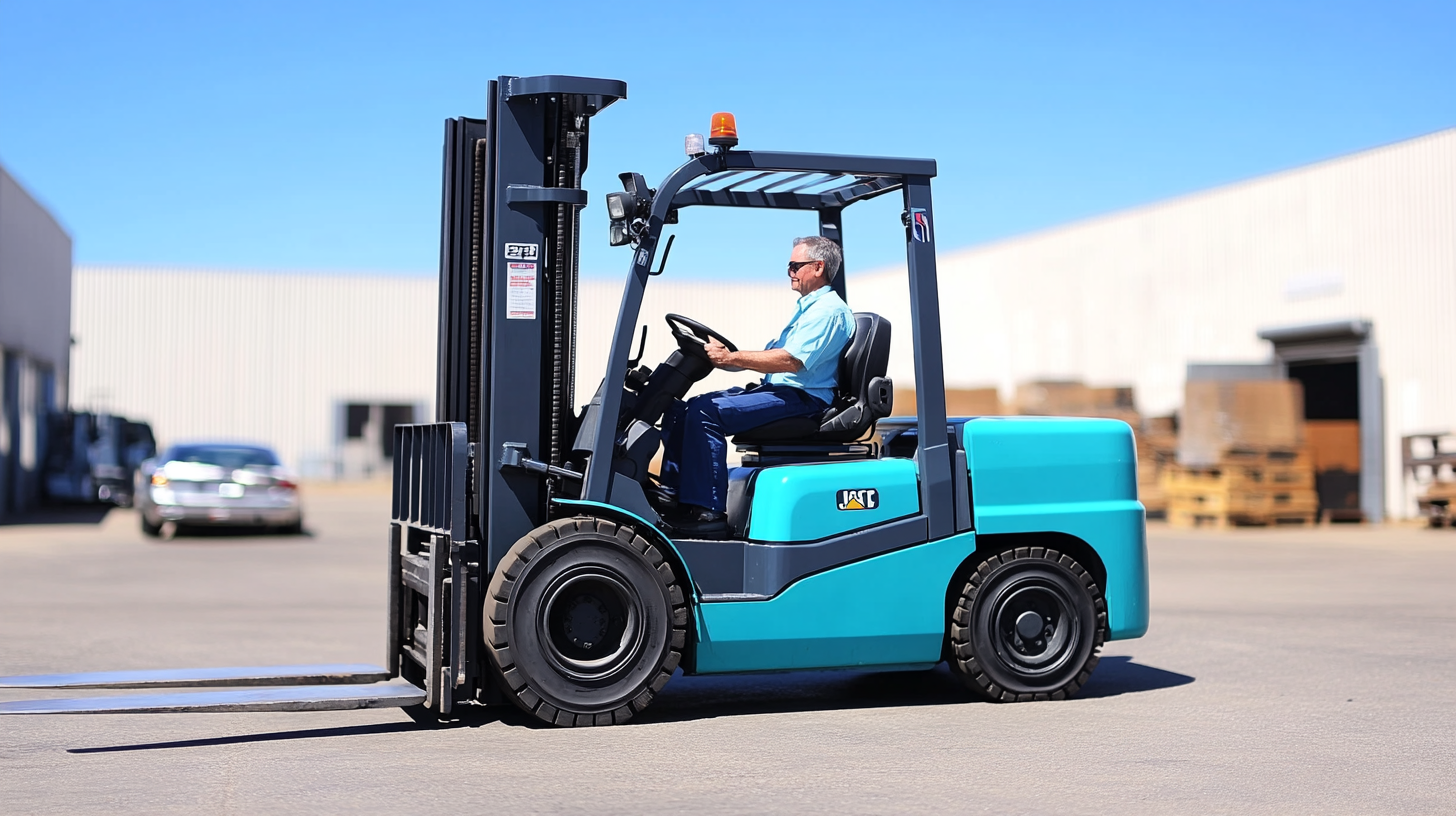
When selecting the right forklift class, understanding key specifications is essential for optimizing your operations. Each forklift class comes with its unique set of features tailored to specific applications. For instance, electric forklifts in Class 1 are ideal for indoor operations where emissions and noise are concerns, while internal combustion engine forklifts in Class 4 are suited for outdoor environments requiring high durability.
Capacity and lift height are two critical specifications to consider. The forklift's capacity determines how much weight it can handle safely, which varies widely among different classes. Additionally, the lift height impacts how high you can stack loads, essential in maximizing warehouse space. Class 2 electric riders, for example, offer superior lift heights, making them great for warehouses with tall shelving.
Another vital aspect is the type of terrain where the forklift will operate. All-terrain forklifts in Class 7 are designed for rough surfaces, while Class 3 electric forklifts are more appropriate for smooth indoor floors. Understanding these variables helps identify the best forklift class tailored to your specific operational needs, ensuring efficiency and safety in material handling.
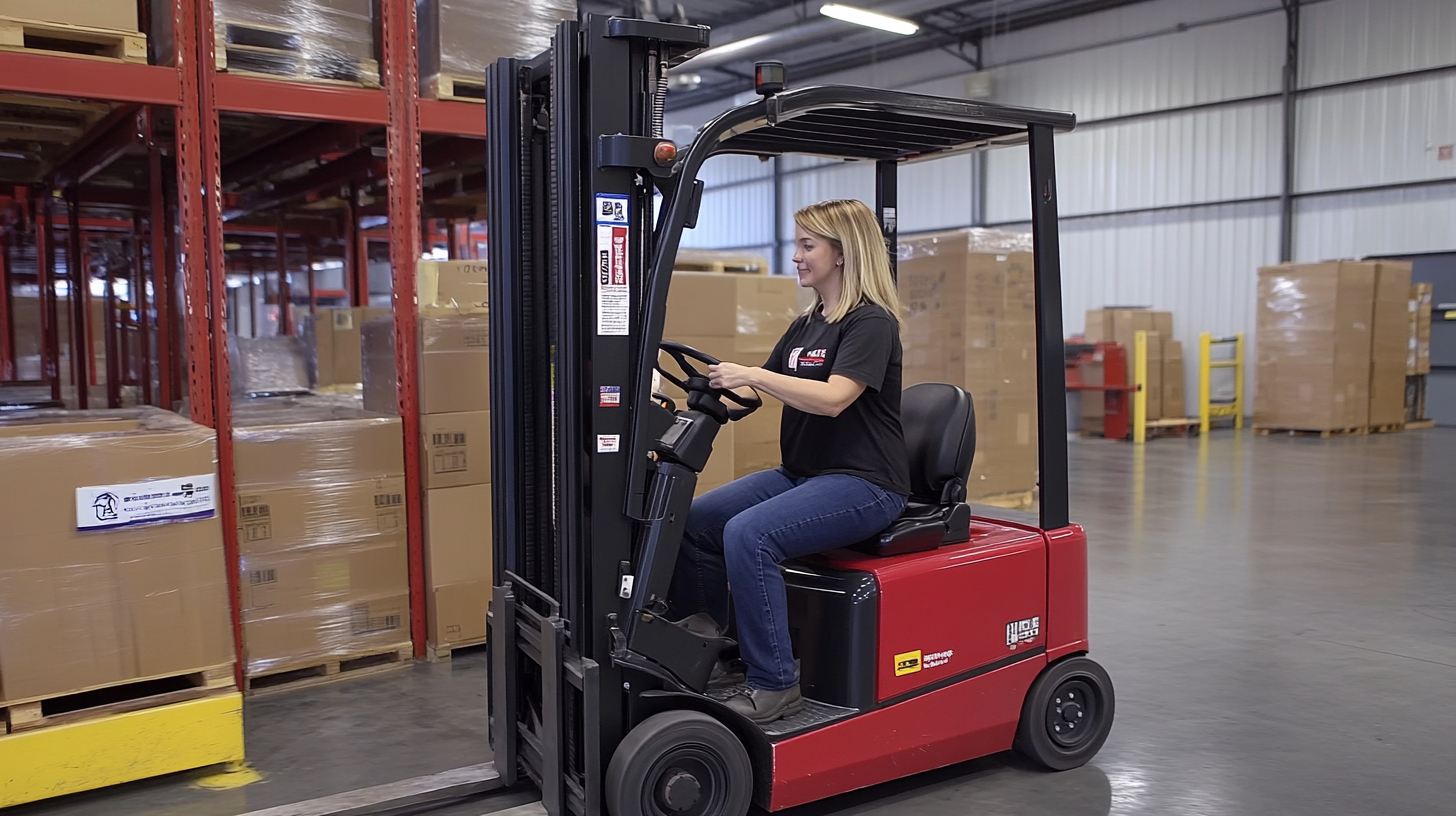
Forklifts play a pivotal role in various industries, facilitating the movement and management of heavy loads. However, their usage also comes with a critical responsibility to adhere to safety standards and regulations. In recent years, regulatory bodies have reinforced safety measures to minimize workplace accidents. According to a report from the National Institute for Occupational Safety and Health (NIOSH), improper load handling significantly contributes to the majority of forklift-related injuries. As such, understanding the safety protocols specific to each forklift class is essential for global buyers looking to optimize their operations.
One of the key factors in ensuring safety is the comprehensive training of forklift operators. The Occupational Safety and Health Administration (OSHA) mandates that all forklift operators undergo rigorous training to equip them with the necessary skills for safe operation. This includes instruction on load management, as improper lifting or stacking can lead to devastating accidents. Specialized training programs that focus on various forklift classes, from Class I to Class VII, allow operators to understand the unique challenges and safety protocols associated with each type.
Moreover, adhering to international safety standards, such as ISO 3691-1, is crucial for global enterprises. These regulations not only outline the design and performance requirements for forklifts but also emphasize the importance of safe load handling practices. A failure to comply with these standards can result in hefty fines and increased liability in the event of an accident. Consequently, buyers must evaluate forklifts based on their compliance with safety regulations to mitigate risks and enhance workplace safety.
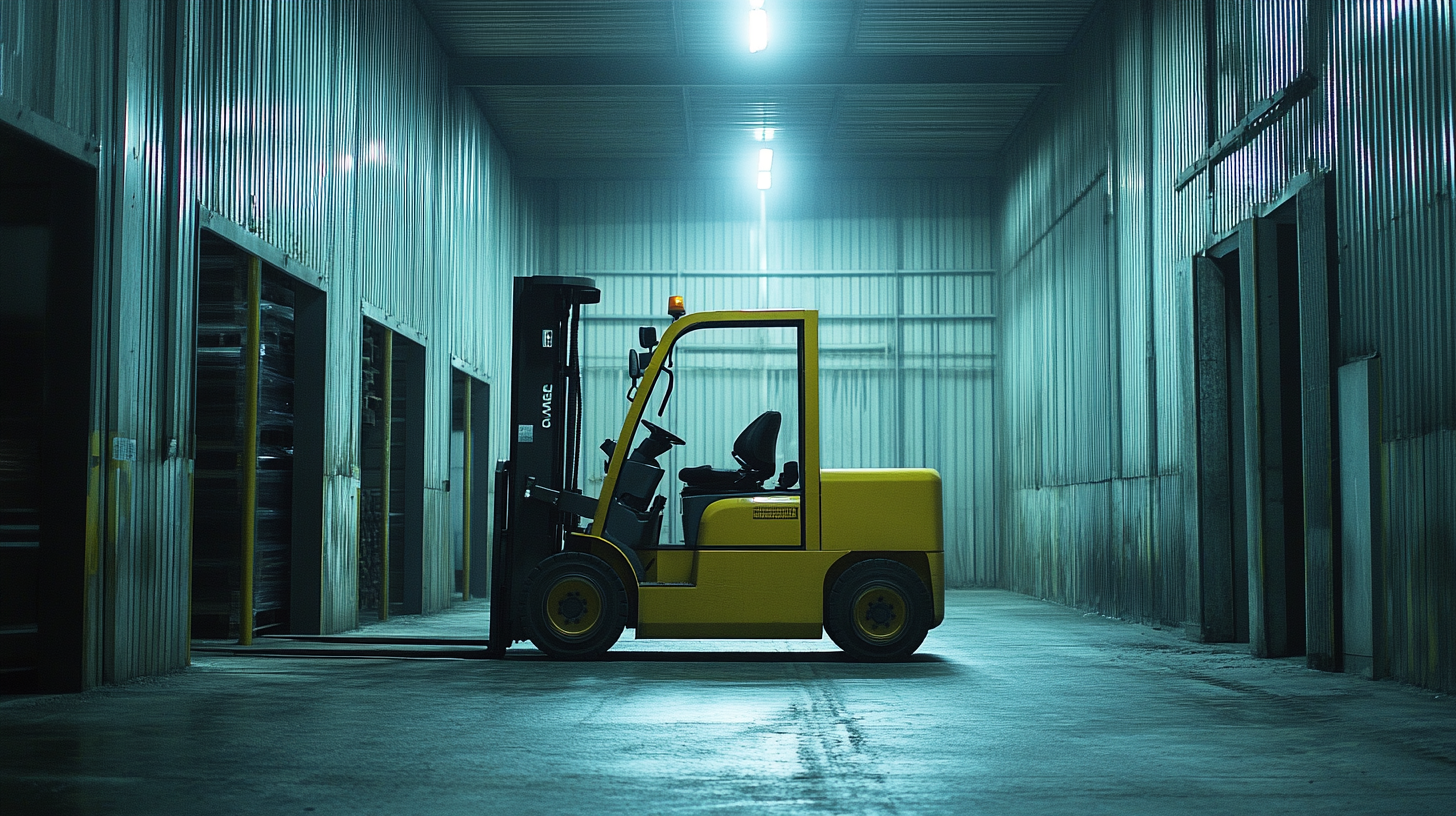
When purchasing forklifts, evaluating load capacity and operational efficiency are paramount. Different forklift classes, ranging from Class I to Class V, serve specific functions and environments. For instance, Class I electric counterbalanced forklifts are ideal for indoor use with a clean environment, while Class V internal combustion engine forklifts excel in rugged outdoor conditions. Understanding the unique strengths of each class helps buyers choose the right type based on their operational needs and the types of loads they typically handle.
Operational efficiency is another critical factor that global buyers should consider. Modern forklifts are equipped with advanced technologies that enhance productivity, reduce energy consumption, and increase safety. Features such as load management systems and improved visibility for drivers significantly impact operational performance. Buyers should assess how these features align with their operational workflows to ensure that they are not just meeting load capacity requirements but also maximizing overall efficiency.
Furthermore, it is essential to factor in proper training for operators to avoid accidents and ensure safety on the job site. Inadequate training can lead to costly and potentially life-threatening mishaps, highlighting the importance of comprehensive training programs. Buyers must ensure that operators are well-trained to not only understand the forklift's load capacity limits but also to maximize equipment efficiency while adhering to safety protocols. This holistic approach to forklift acquisition and operation will undoubtedly lead to better productivity and safer workplace environments.
When considering the purchase of a forklift, a critical aspect that every global buyer must evaluate is the cost analysis involving initial investment versus long-term value. While the upfront costs may be a significant driver in decision-making, the long-term financial implications of operating and maintaining a forklift can far outweigh the initial expenditure.
Buyers should perform a comprehensive cost analysis to understand the total cost of ownership (TCO) of the forklift. This includes not only the purchase price but also operating costs such as fuel, maintenance, and labor associated with the equipment. Factors such as the projected lifespan of the forklift, its efficiency in operations, and the potential for automation can drastically influence overall costs. The rise of autonomous forklift technology, which is projected to grow significantly in the upcoming years, highlights the need for buyers to consider advanced options that may offer enhanced productivity and lower long-term operational costs.
Additionally, buyers may also benefit from leveraging tools such as Excel to calculate return on investment (ROI) meticulously. By inputting various cost scenarios and potential savings, buyers can make informed financial decisions that account for both immediate and future gains. In an increasingly automated logistics landscape, understanding these financial factors will be crucial for maximizing efficiency and cost-effectiveness in forklift purchases.
Content © 2025 Komatsu. All Rights Reserved
